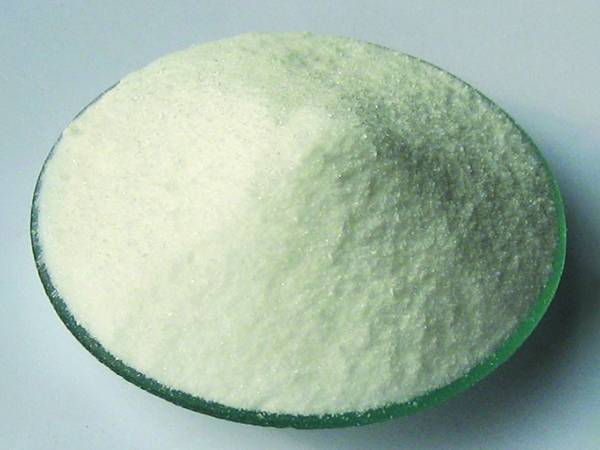



Chemicals Used for Disinfection in Drinking Water Treatment Processes
Disinfection of Drinking Water Understanding the Essential Chemicals
Ensuring safe drinking water is a fundamental public health goal that profoundly impacts community health. Disinfection of drinking water is a critical step in water treatment, aimed at eliminating pathogens and ensuring microbiological safety. Various chemicals are used during this process, each with distinct characteristics, advantages, and limitations. This article explores the most commonly used disinfection chemicals, their mechanisms, and their implications for water quality.
Chlorine The Most Common Disinfectant
Chlorine is the most widely used disinfectant in water treatment facilities around the world. It is favored for its effectiveness against bacteria, viruses, and other microorganisms. Chlorine works by penetrating microbial cells and disrupting essential cellular functions, leading to cell death. It is relatively inexpensive and leaves a residual effect in the water, continuing to protect against recontamination in the distribution system.
However, the use of chlorine comes with challenges. One significant concern is the formation of disinfection byproducts (DBPs), such as trihalomethanes (THMs) and haloacetic acids (HAAs), which can pose health risks if consumed over long periods. Therefore, water treatment facilities must balance effective disinfection with minimizing DBPs, often employing advanced monitoring and alternative methods when necessary.
Chloramine A Secondary Disinfectant Option
In response to the drawbacks of chlorine, chloramine has emerged as a popular alternative, particularly in the United States. Comprised of chlorine and ammonia, chloramine offers a more stable residual in the water, lasting longer in the distribution system. This is particularly beneficial for mitigating the regrowth of pathogens and controlling DBPs.
While chloramine is effective, it also has its limitations. Some studies indicate that it may be less effective against certain pathogens, such as Giardia and Cryptosporidium. Therefore, while chloramine can be advantageous for long-term distribution, it might not be the best choice in all scenarios. Water utilities often weigh the pros and cons of using chloramines based on their specific needs and local water quality issues.
drinking water disinfection chemicals

Ozone A Powerful Alternative
Ozone is another powerful disinfectant used in the disinfection of drinking water, especially in advanced water treatment systems. As a gas, ozone is one of the strongest oxidants available, capable of killing a wide range of microorganisms more effectively than chlorine or chloramine. It decomposes quickly, leaving no harmful residues in the water.
The main drawback of ozone disinfection lies in its generation and application; it must be produced on-site, which can be a technical and costly process. Additionally, because ozone does not provide residual disinfection, it is often combined with other methods, such as UV treatment or secondary chlorination, to ensure ongoing protection throughout the distribution system.
Ultraviolet (UV) Light A Chemical-Free Disinfection Method
Ultraviolet (UV) light disinfection is another innovative approach that has gained popularity in recent years. UV treatment does not utilize any chemicals; instead, it relies on short-wavelength ultraviolet light to inactivate microorganisms by disrupting their DNA. This method is effective against a wide range of pathogens, including viruses, bacteria, and protozoa.
One of the main advantages of UV disinfection is that it results in no formation of DBPs, making it an environmentally friendly option. However, like ozone, it lacks residual effectiveness, which means that additional disinfection methods must accompany it to provide ongoing protection against microbial regrowth.
Conclusion
The selection of disinfection chemicals in drinking water treatment is crucial for safeguarding public health. Each chemical—whether chlorine, chloramine, ozone, or UV—has its unique properties and applications. The ultimate goal is to ensure that drinking water is not only safe and free of harmful pathogens but also tastes good and is free of impurities. Water treatment authorities must carefully consider the characteristics of each disinfectant, alongside the specific needs of their water supply, to adopt the most effective and sustainable solutions for their communities. As technology advances, the field of water disinfection will continue to evolve, promising improved safety and quality in our drinking water systems.
-
Why Sodium Persulfate Is Everywhere NowNewsJul.07,2025
-
Why Polyacrylamide Is in High DemandNewsJul.07,2025
-
Understanding Paint Chemicals and Their ApplicationsNewsJul.07,2025
-
Smart Use Of Mining ChemicalsNewsJul.07,2025
-
Practical Uses of Potassium MonopersulfateNewsJul.07,2025
-
Agrochemicals In Real FarmingNewsJul.07,2025
-
Sodium Chlorite Hot UsesNewsJul.01,2025










